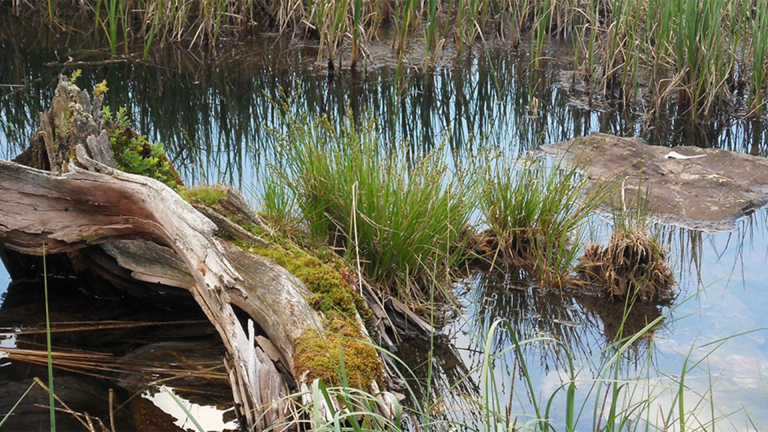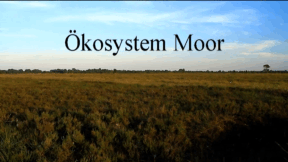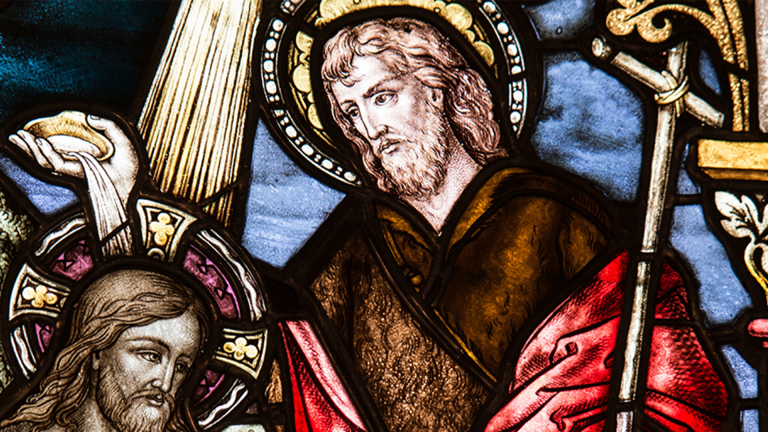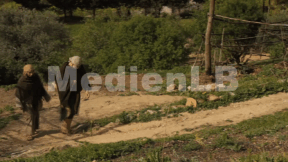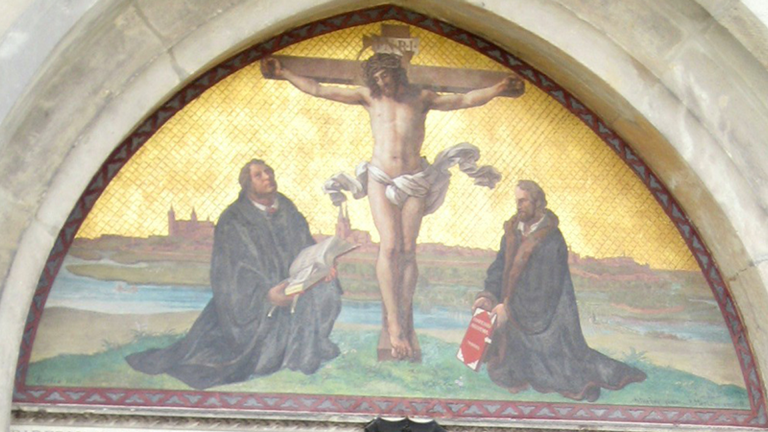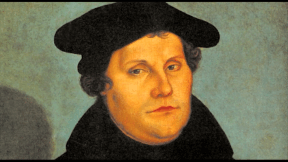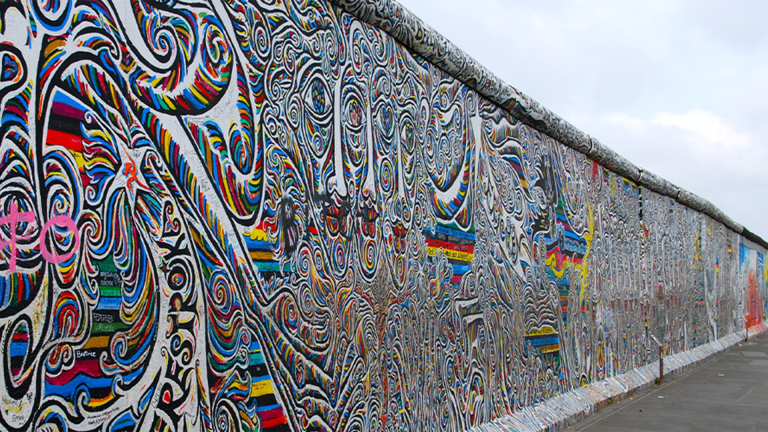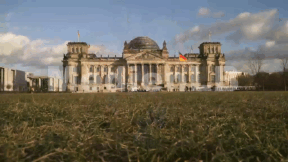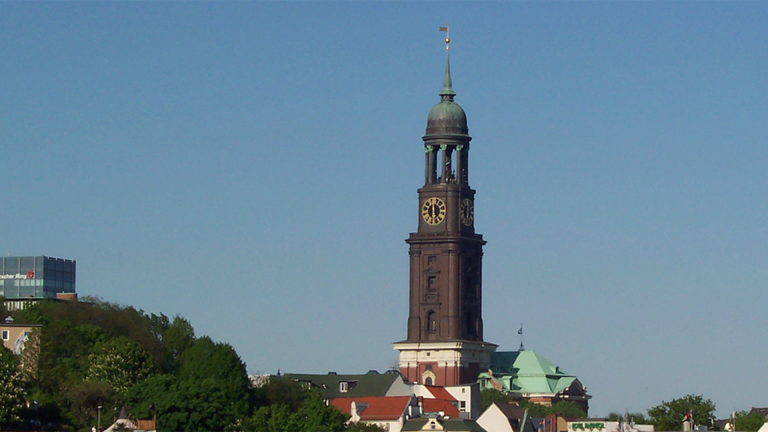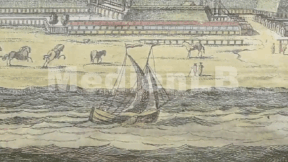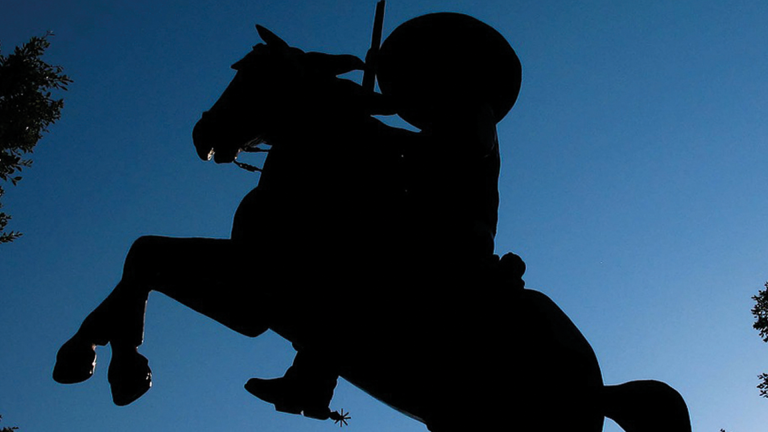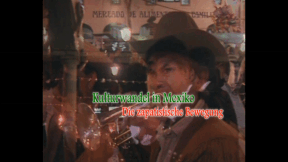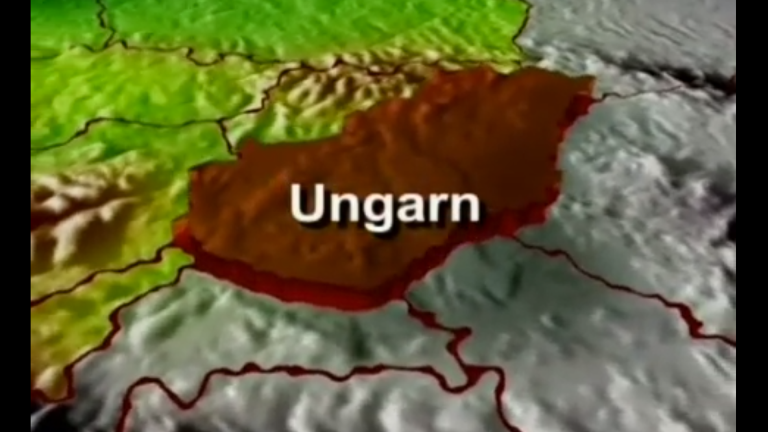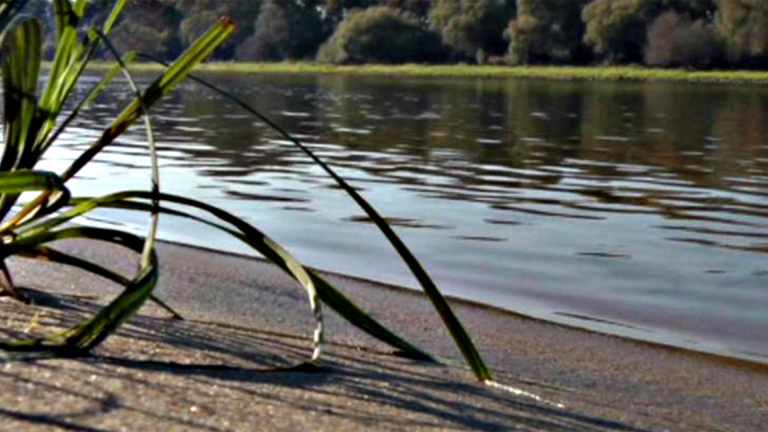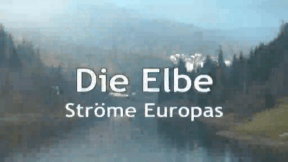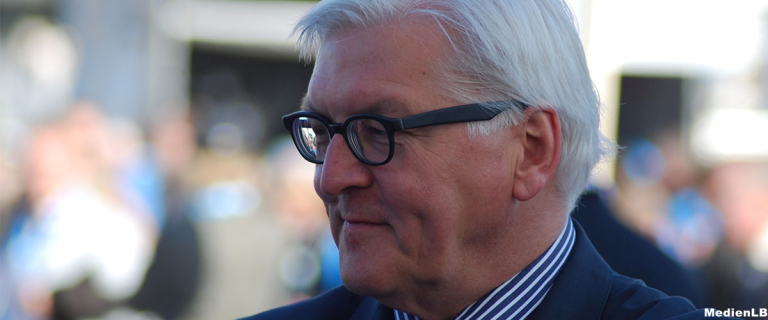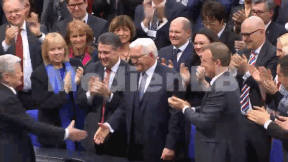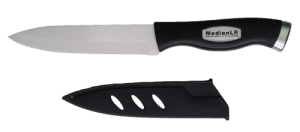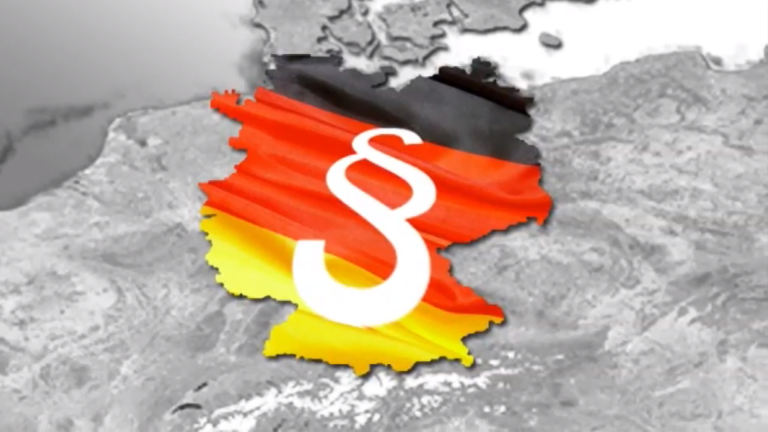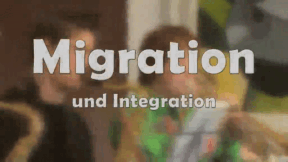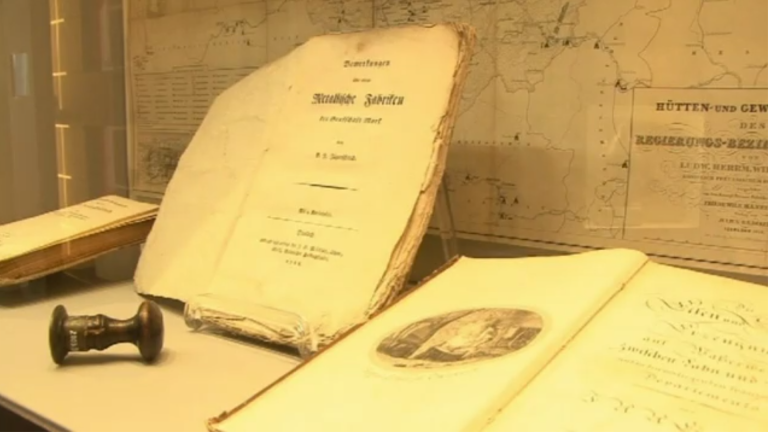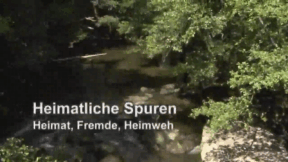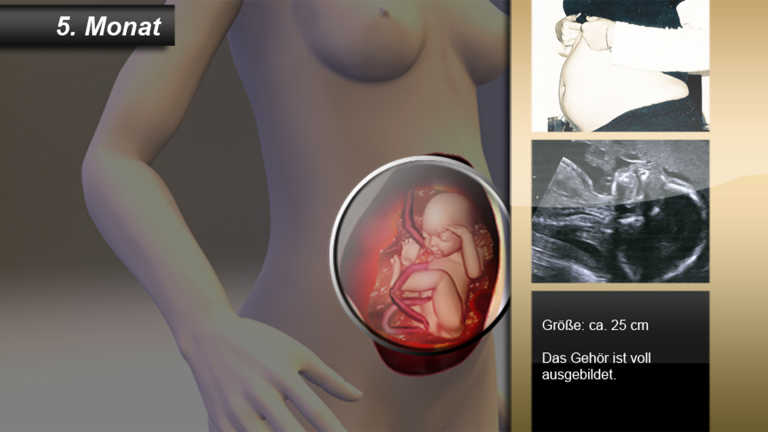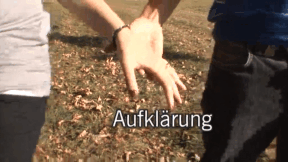Suche:
- # Artistry
- # Biology
- # Chemistry
- # Ecological
- # Economy
- # English
- # Foreign Language
- # Geography
- # German
- # Health
- # History
- # Informatik
- # Latin
- # Mathematics
- # Media Education
- # Music
- # Physics
- # Politics / Civics
- # Preschool
- # Primary School
- # Religion
- # Society
- # Sports
- # Technology
- # Training of Teachers
- # Vocational Education
Ecosystem Bog
Bogs are rough, sparse and inaccessible regions, neither water nor land. This applies in particular to raised bogs. One wrong step in this soaking wilderness might be fatal. How a bog is formed was unknown to people for thousands of years. After the last ice age, that is about 10,000 years ago, bog formation began. Enormous amounts of water were released as a consequence of the melting of the ice shields.
Learn more500 Years of Reformation
On 31st October 1517, Martin Luther published his 95 Theses against the sale of indulgences.
Learn moreDeutschland
Seit 70 Jahren hat die Bundesrepublik Deutschland stabile politische Verhältnisse. Welchen Weg die Bundesrepublik gegangen ist, wie die Wiedervereinigung gemeistert wurde, das zeigt der Film ebenso wie er auf die naturräumliche Gliederung eingeht.
Learn moreHamburg
The history of the city is closely related to the history of its port. As early as the 9th century, a small harbour was mentioned in historical records.
Learn moreCultural Change in Mexico
31 federal states and the capital district of Mexico City form the United Mexican States.
Learn moreHungary
This DVD offers a clearly structured overview covering the following aspects: Situation in Europe, size and population, landscapes (Little and Great Hungarian Plains, Puszta), watercourses (Rába, Danube, Lake Neusiedl, Lake Balaton), mountains (Bakony Forest, Mecsek, Matra, Bükk), the climate, history (overview up to today’s system of government, national rebellion of 1956, change of system in 1987), traffic, transportation and infrastructure, economic structure, agriculture (winegrowing, fishing, cattle-breeding), industry, mining and energy supply, Audi Hungaria factory, tourism, major cities and sights (Feste- tics Palace, Sümeg Castle, baroque castle of Esterház in Fer- töd, Benedictine archabbey of Pannonhalma, Szeged, Pecs, Debrecen, Eger), capital of Budapest, traditions, religion, food and drink, language, culture and music. High-quality film clips and aerial shots, animated maps, historical film scenes as well as original sound interviews give the pupils a comprehensive overview of the country and its people.
Learn moreThe River Elbe
Its catchment area is almost as large as 40 % of the surface area of Germany; it is 1.094 kilometres long: the River Elbe. In impressive nature pictures the multifaceted course of the Elbe from its source in the Giant Mountains to its estuary in the North Sea is shown. The division of the Elbe into its sections is just as precisely documented as its most important tributaries. In the first part of its upper reaches it flows in a wide arc through the Czech Republic, where it is called Labe. It cuts across impressive landscapes such as the Bohemian Switzerland and after the German border the Saxon Switzerland. During its course it flows through historically and culturally important cities. Dresden, with its famous monuments and bridges, is the first metropolis. Steeped in history, the cities of Meissen, Torgau und Wittenberg follow. Now the Elbe River follows the course of the glacial valleys. From Magdeburg its course runs towards Hamburg. The various facets of the seaport metropolis are illustrated. Eventually the film accompanies the River Elbe on its last section – to the North Sea until Cuxhaven. Together with the extensive additional material the DVD is ideally suited for use in the classroom.
Learn moreFederal President
The Federal President holds the highest office in the Federal Republic of Germany.
Learn moreMigration
Migration and integration are central topics of future relevance in politics as well as in the public mind. Germany has long been a country of immigration. This can constantly be seen in everyday life: in the playground, in the underground, in the office or in the schoolyard. At school, in particular, this immigration society is being lived and experienced every day. Here, the groundwork for the future of our society is also being laid. In order to be able to explore the topic first-hand we have visited a school in Nuremberg with a large amount of pupils having a migration background. In project groups, the pupils of the 11th form of the Pirckheimer Gymnasium have already been investigating in depth the topics of migration and integration. Their assessments of the subject area were recorded and integrated into the overall context. The DVD is divided into substantial chapters on forms, causes and consequences of migration, on the history of migration in Germany, on political and legal framework conditions and on integration as a challenge and an opportunity. In the accompanying material, tasks providing further interest and insight are available that have been adapted to the content of the film.
Learn moreHome
Everyone of us has a home. We primarily associate home with our families, which give us a sense of comfort and security. We have our home town where we were born, but what exactly is home? According to the encyclopaedia, home means all the conditions under which someone grows up. This DVD introduces all aspects of the topic of “home” – in a way easily understandable for children. Folk songs as well as films and novels with a regional background are examined closely. The relation between home and identity is explained. Home can take many forms due to different nationalities with their different languages, customs and traditions. However, despite all our cultural differences and ways of life, when seen from a distance, we all share the same home – our planet earth!
Learn moreSex Education
The creation of a new human being is a miracle. Children are interested in where they come from. They want to know how a baby gets into the mother’s womb, how it develops inside and is finally born. The film answers questions about fertilisation, pregnancy and birth. As an introduction similarities and differences of men and women are presented and explanations are provided about what role the male and female sexual organs play in procreation. Subsequently the topic of fertilisation is dealt with. The development of the fertilised egg cell into the embryo and finally the foetus is described. The pupils learn about the baby’s stage of development in any month of pregnancy. Then the progression of a birth is described. Eventually the film explains how the new-born baby must be cared for, what it needs and what it cannot do yet. Together with the extensive accompanying material the DVD is eminently suited for use in the classroom.
Learn more



